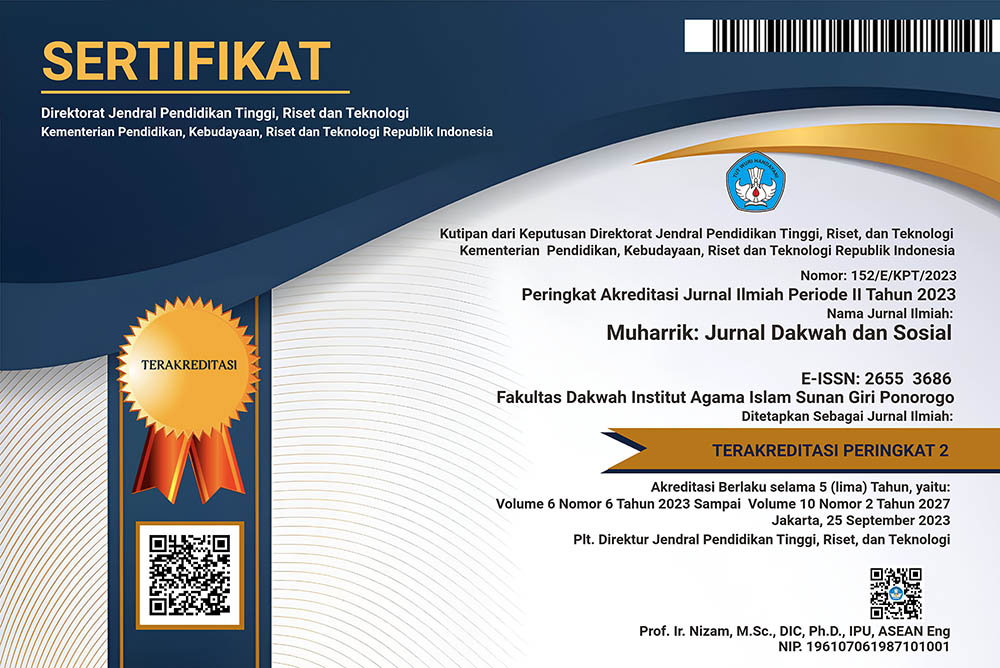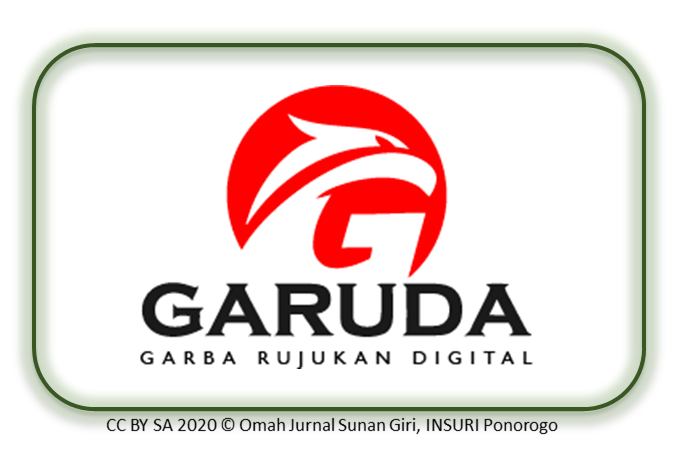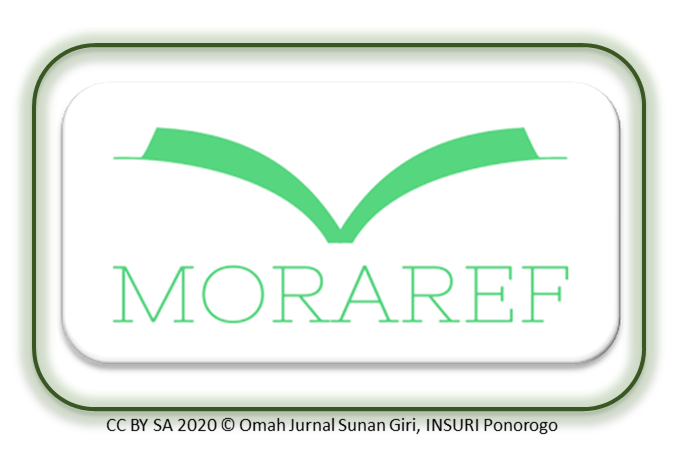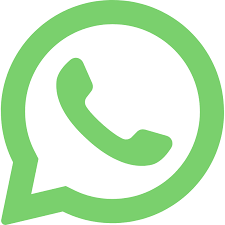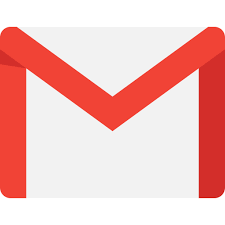Mediatizing Tradition: The Role of Tengku Dayah in Shaping Digital Da‘wah in Contemporary Aceh
DOI:
https://doi.org/10.37680/muharrik.v8i1.7024Keywords:
Transformation, Tengku Dayah, Digital Era PreachingAbstract
The development of digital media has changed the global communication landscape, including in the religious realm. Social media has become a powerful tool to spread teachings and influence people's views. However, this phenomenon challenges traditional religious authorities in reaching people increasingly exposed to digitalization. This study examines the transformation of Tengku Dayah, a traditional Acehnese scholar, who switched from physical da'wah to digital platforms, especially social media, in response to the demands of the digital era. Using a qualitative approach and case study methods, this study shows a paradigm change in the acceptance of social media as a da'wah tool while maintaining spiritual integrity, changes in the da'wah space also change the way and pattern of communication to be more relaxed and interactive according to the choice of platforms such as TikTok and YouTube. This research offers practical implications that support the transformation of Tengku Dayah's digital da'wah in the face of the constraints of the digital divide, with targeted digital literacy training programs and student support also being an effective solution, different from previous digital da'wah research that emphasized adoption trends, this study uniquely dissects the internal ethical dilemmas and adaptation strategies of tengku, which enriches the understanding of the sustainable relevance of tengku. Based on the socio-religious context of Aceh, these insights advance the study of digital religion and offer practical implications for traditional Islamic authorities.
Downloads
References
Angriani, R., & Faridah, F. (2023). Language Style of Delivering Da'wah Messages in the YouTube Channel ZAVILDA TV. MUHARRIK: Jurnal Dakwah Dan Sosial, 6(2), 165–177. https://doi.org/10.37680/muharrik.v5i2.2898
Barendregt, B. (2009). Mobile religiosity in Indonesia: Mobilized Islam, Islamized mobility and the potential of Islamic techno nationalism. Living the Information Society in Asia, 365, 73.
Bunt, G. R. (2009). iMuslims: Rewiring the house of Islam. The Other Press.
Campbell, H. (2010). When religion meets new media. Routledge.
Cheong, P. H., Huang, S., & Poon, J. P. H. (2011). Religious communication and epistemic authority of leaders in wired faith organizations. Journal of Communication, 61(5), 938–958.
Choirin, M., Guleng, M. P., Arbi, D. S., & Maulan, R. (2024). Muballigh In The Digital Age Based On Insights From Indonesian Phenomena: Leveraging Digital Learning For The Promotion Of Islamic Values. Al-Balagh : Jurnal Dakwah Dan Komunikasi, 9(2), 167–190. https://doi.org/10.22515/albalagh.v9i2.7751
Creswell, J. W., & Poth, C. N. (2016). Qualitative inquiry and research design: Choosing among five approaches. Sage Publications.
Denzin, N. K., & Lincoln, Y. S. (2017). The SAGE Handbook of Qualitative Research. SAGE Publications. Retrieved from https://books.google.co.id/books?id=k2LgDQAAQBAJ
Eisenlohr, P. (2012). Media and religious diversity. Annual Review of Anthropology, 41(1), 37–55.
Eliade, M. (1959). The sacred and the profane: The nature of religion (Vol. 81). Houghton Mifflin Harcourt.
Heidbrink, S., & Miczek, N. (2010). Introduction to the Special Issue: Religions on the Internet-Aesthetics and the Dimensions of the Senses. Online-Heidelberg Journal of Religions on the Internet.
Hew, W. W. (2018). The Art of Dakwah : social media, visual persuasion and the Islamist propagation of Felix Siauw. Indonesia and the Malay World, 46(134), 61–79. https://doi.org/10.1080/13639811.2018.1416757
Hilmi, M. (2021). YouTube as Da'wah Media Innovation in the Disruption Era. MUHARRIK: Jurnal Dakwah Dan Sosial, 4(01), 21–31. https://doi.org/10.37680/muharrik.v4i01.234
Hjarvard, S. (2008). The mediatization of religion: A theory of the media as agents of religious change. Northern Lights: Film & Media Studies Yearbook, 6(1), 9–26. https://doi.org/10.1386/nl.6.1.9_1
Jenkins, H. (2009). Confronting the challenges of participatory culture: Media education for the 21st century. The MIT Press.
Kuhn, T. S. (1997). The structure of scientific revolutions (Vol. 962). University of Chicago Press, Chicago.
Lundby, K. (2013). Religion Across Media. New York: Peter Lang US. Https://Doi. Org/10.3, 726, 971–978.
Meyer, B., & Moors, A. (2005). Religion, media, and the public sphere. Indiana University Press.
Miles, M. B., Huberman, A. M., & Saldana, J. (2018). Qualitative Data Analysis: A Methods Sourcebook. SAGE Publications.
Nasir, M., Rizal, S., Basri, & Pabbajah, M. (2024a). Revolutionizing Teungku Dayah learning model: exploring technological advancements' transformative impact on Aceh's Islamic education. Cogent Education, 11(1). https://doi.org/10.1080/2331186X.2024.2335720
Nasir, M., Rizal, S., Basri, & Pabbajah, M. (2024b). Revolutionizing Teungku Dayah learning model: exploring technological advancements' transformative impact on Aceh's Islamic education. Cogent Education, 11(1). https://doi.org/10.1080/2331186X.2024.2335720
Rivero, G. (2019). Preaching to the choir: ideology and following behaviour in social media. Contemporary Social Science, 14(1), 54–70. https://doi.org/10.1080/21582041.2017.1325924
Turner, B. S., & Nasir, K. M. (2016). Religious authority and the new media. In The Sociology of Islam (pp. 195–212). Routledge.
Van Dijk, J. A. G. M. (2006). Digital divide research, achievements, and shortcomings. Poetics, 34(4–5), 221–235.
Downloads
Published
How to Cite
Issue
Section
License
Copyright (c) 2025 Samsuar Samsuar, Zakaria Siregar, Topan Bilardo, Syamsul Rizal

This work is licensed under a Creative Commons Attribution-NonCommercial 4.0 International License.
The author(s) retain/s the copyright and grant/s Muharrik: Jurnal Dakwah dan Sosial the first publication rights licensed under the Creative Commons Attribution-NonCommercial 4.0 International (CC BY-NC 4.0) , which allows others to access (search, read, download and quote), share (copy and redistribute the material in any media or format) and adapt (mix, modify and develop) works for legitimate non-commercial purposes, with recognition of the authorship of the work and its initial publication in this journal.

